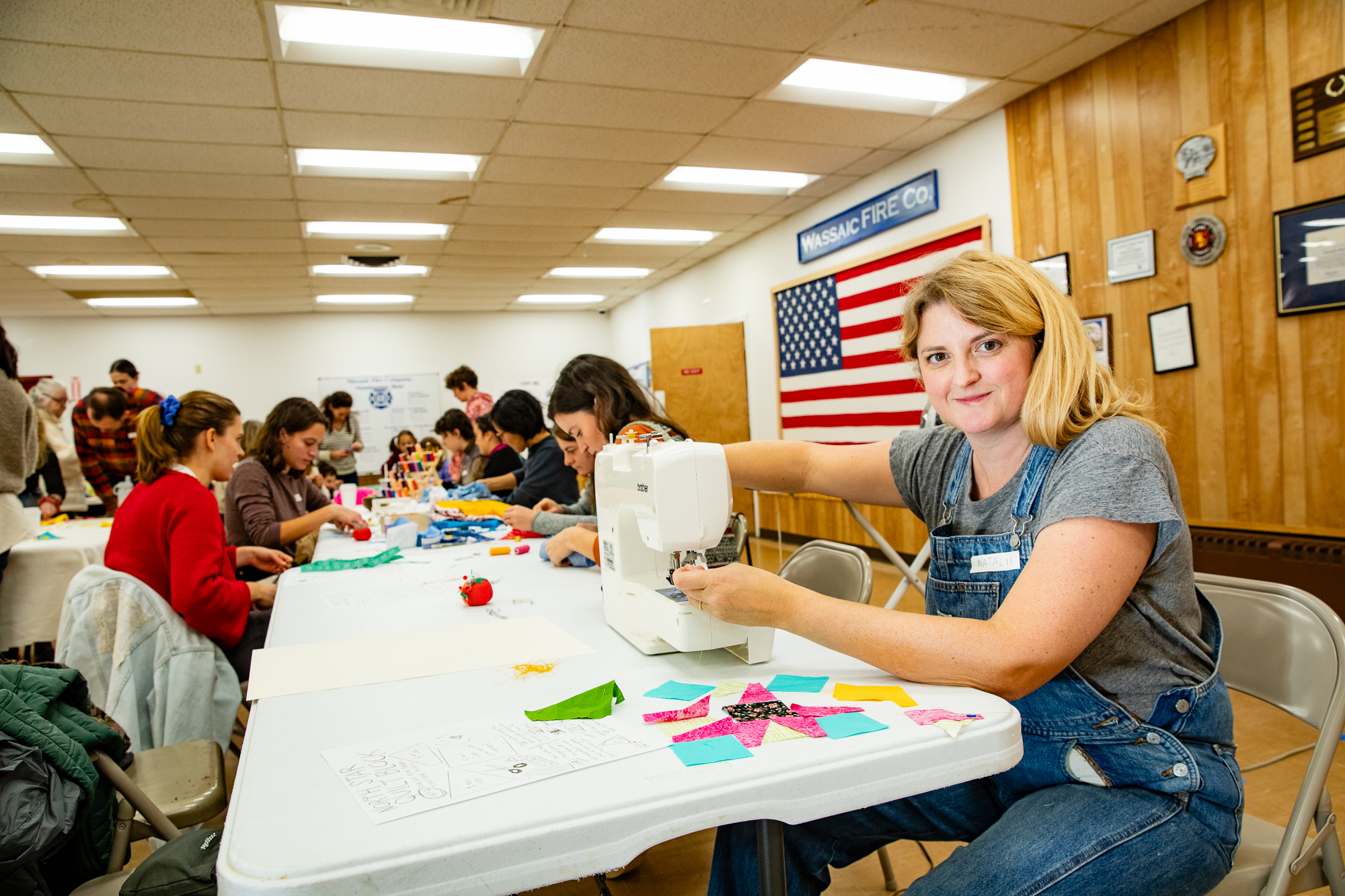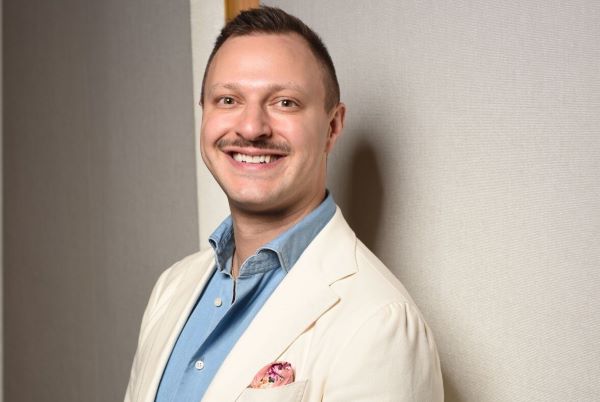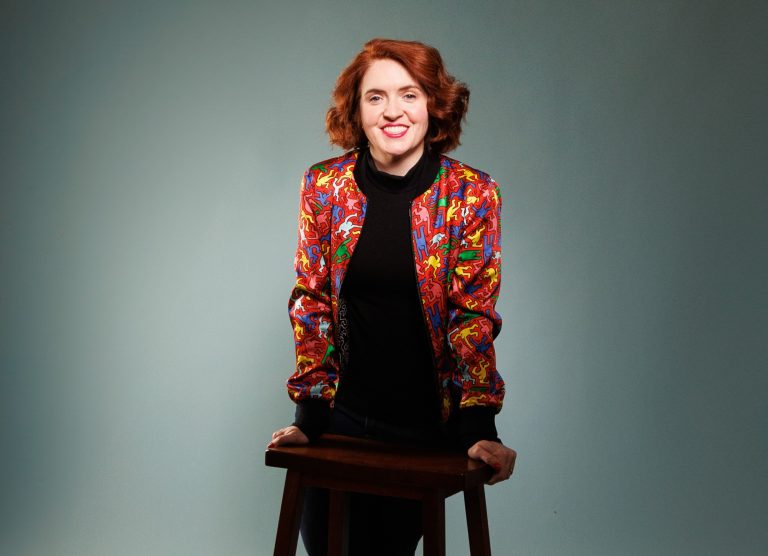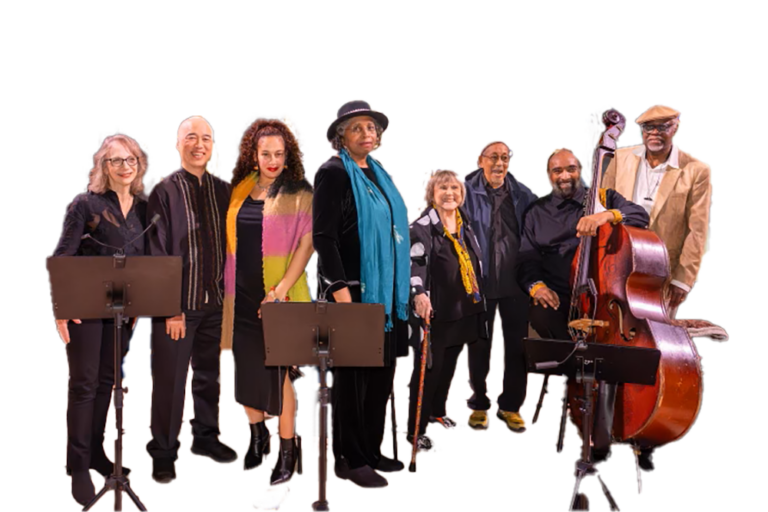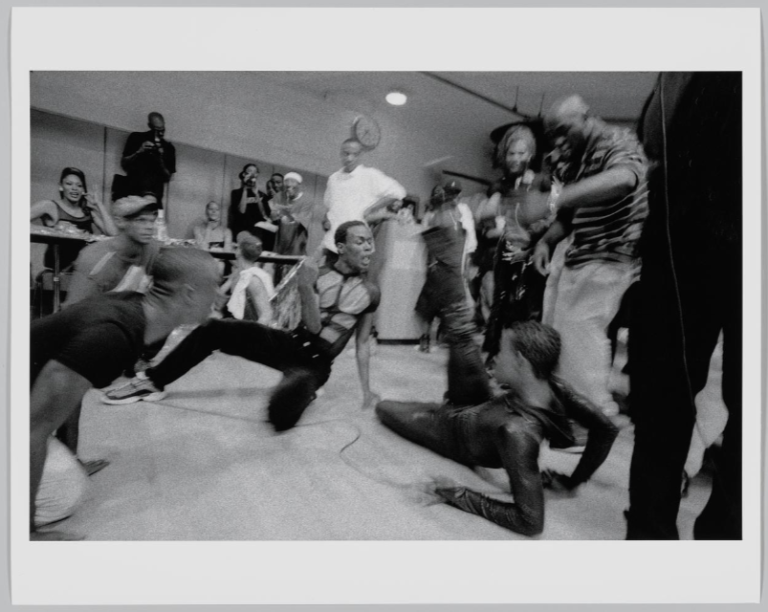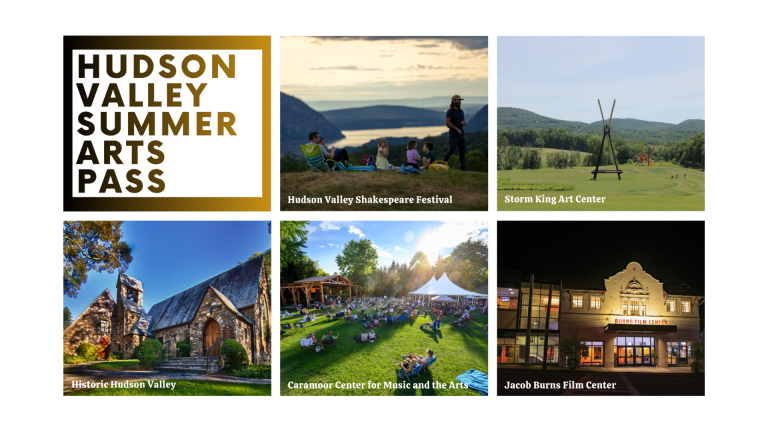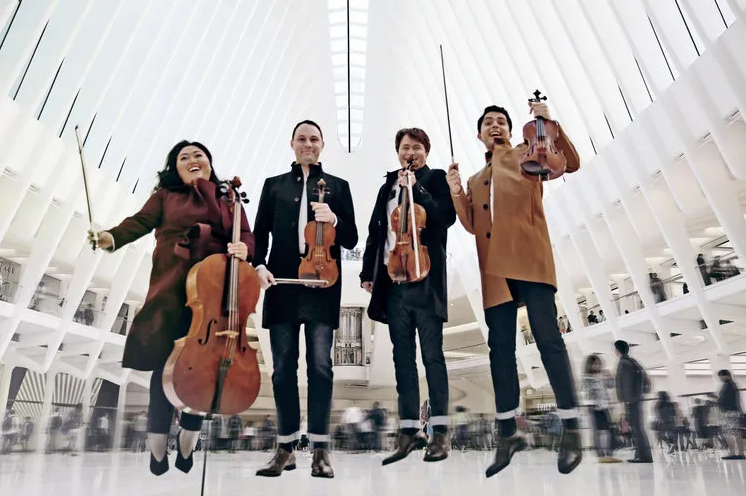Quilting America Together: How One Artist Forges Community Through a Centuries-Old Tradition
A person may have been unknowingly covered by an old, handmade blanket while sleeping at their grandmother’s house as a child. They may have watched their mother repair a pair of old jeans with fabric patches. The art of quilt-making remains a longstanding practice across generations and cultures around the world. They often mark important life events like childbirth or a family member leaving home; are used for bedding decoration; and provide an avenue for artistic expression.

A quilt, defined to be a multi-layered textile traditionally composed of two or more layers of fabric. A notably female, community-driven activity, quilting is an especially prominent and popular tradition in the United States due to the fact that when the tradition originated, importing fabric was expensive and homespun fabric was labor intensive. Thus, saving or salvaging small scraps of fabric became a part of life for most households.
Natalie Baxter, recipient of ArtsWestchester’s Voices for Change grant, is taking the longstanding tradition and using it as a tool to communicate within not just her own community, but the social and political landscape of the United States. Originally from Lexington, Kentucky, Baxter describes her relationship to this practice as something that’s been in her family for generations:
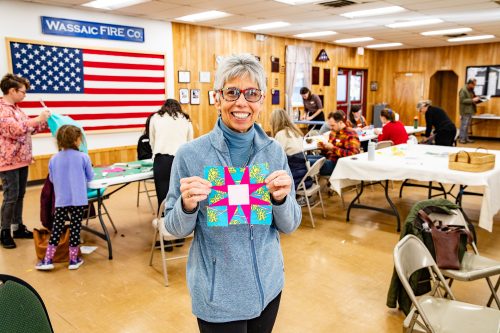
“My grandmother, for example, grew up in an extremely rural town. Since, during that time, men and boys would go off to work and school, and women were essentially housebound, the only creative outlet she had laid in domestic practices such as quilt making. I think this had a profound impact on me and why I chose this medium not just to conduct this workshop, but to inform my creative career. Now all these things that were once confined to homemaking (gardening, sowing, quilting) have become an avenue for my career.”
Using functional quilts as a vessel for powerful storytelling, Baxter has set out to create what she describes as “a series of narrative quilts to visually represent the present-day temperament our fraying democracy.” As such, the rich role that quilts played as a means of communication in our country’s history, predominantly during The Civil War, is meant to parallel her response to present-day socio-political unrest.
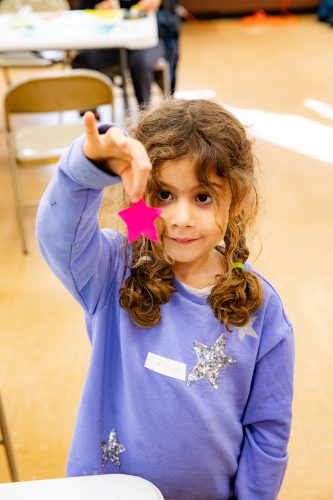
“So much of quilting during this time period was about two things: subliminal messaging and fundraising. Slaves used deliberate symbolic patternmaking to send messages to one another along the Underground Railroad. A bear paw was meant to help find food and water, a North Star meant that one was heading towards freedom (or towards Canada), to name a few examples. Fundraising was also facilitated to provide financial support for various causes during the war, with quilts becoming symbols of resilience and unity.”
Earlier this fall, Baxter held a Community Quilting Workshop at the Wassaic Firehouse in Dutchess County, New York, in which everyone was welcomed to participate in a free afternoon of sewing. Baxter supplied the participants with materials from fabric stores and thrift stores to ensure that everyone could create their own portion of the quilt.
Baxter believes that it is easier for a person to understand and accept their neighbors’ differing political beliefs if they are face-to-face and participating in something that highlights cooperation and conversation, rather than residing in seclusion or hiding behind a screen.
“I have found that, through quilt-making specifically, I am able to engage with a community outside that of the gallery and art world context, making conversations on more divisive issues easier… This is why I believed that the community workshop would be powerful in creating connections. I see it as a small, but potentially powerful act of positive engagement that I feel people are craving as we emerge from recent years in isolation.”
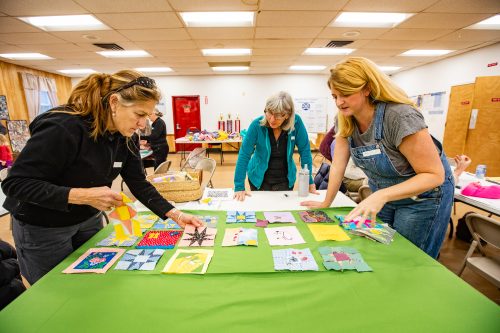
Baxter says that she “could not have been happier” with the result of the workshop, her voice beaming with excitement as she relays the outcome: “It was truly such a lovely, positive experience. I had so many people approaching me to ask when the next one would be held. Hopefully I can create a kind of legacy through this.”
As part of her Voices for Change grant, Baxter’s own personal narrative quilts will be on display in the Wassaic Project’s group exhibition beginning December 9. The group exhibition, I Should Have Been a Pair of Ragged Claws, a title that is abridged from T.S. Elliot’s The Love Song of J. Alfred Prufrock, will also include the community-led quilt.
The quilt will then be displayed at the Gridley Chapel in Wassaic, before it is raffled off with proceeds going to the Wassaic Fire Department.
About Julia Herceg
Julia Herceg is a graduate of Parsons School of Design with a BFA in Communication Design. Born and raised in New York, she is currently Graphic Designer and Communications Associate at ArtsWestchester.

